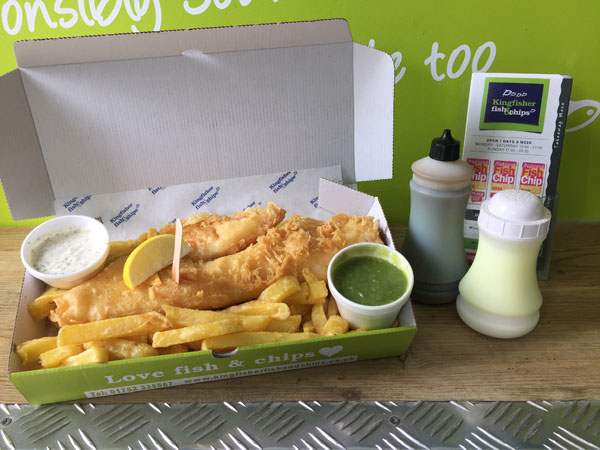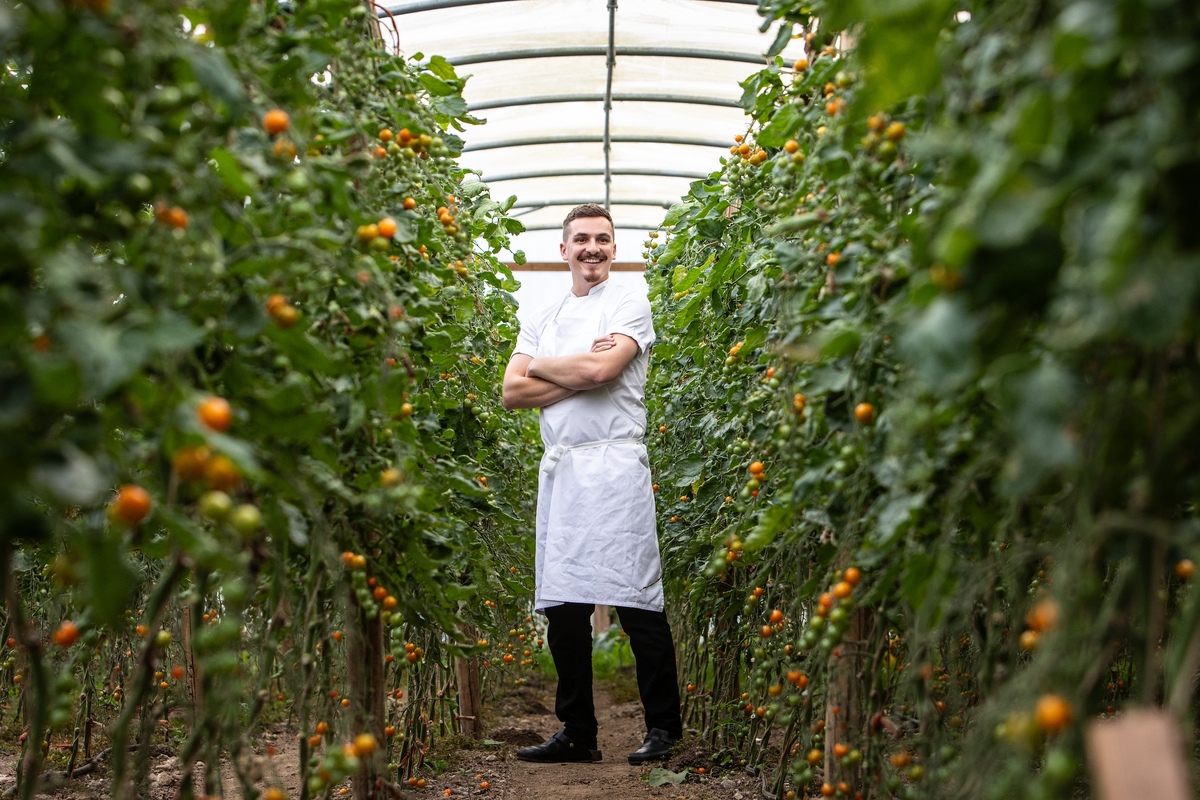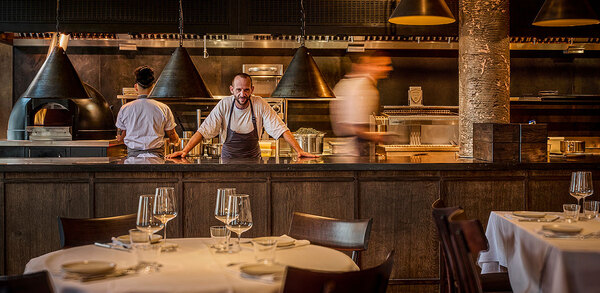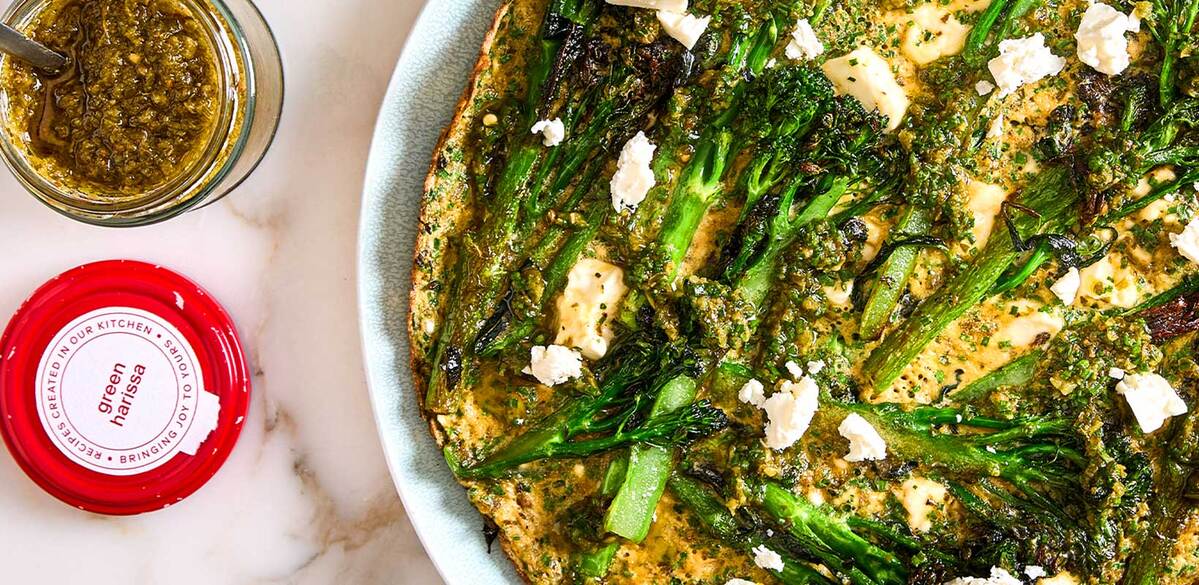Sustainable and cost-effective fish: what to serve on your menu
Diners' demands for sustainable, traceable seafood mean they are testing the waters with lesser-known and more cost-effective fish. Anne Bruce looks at the species operators should be serving
But with increased consumer interest in the health benefits of fish, such as its omega-3 content, and in sustainability and provenance, seafood is emerging as a healthy and exciting choice â" and a potentially profitable one, too. NPD Crest data, supplied by seafood industry organisation Seafish, says that sales are up: consumers spent approximately £3.1b on eating seafood out of home, up 1.5% year-on-year for the 52 weeks to September 2016. Seafood servings increased by 6.8% with growth in all channels, except work, college and university canteens, which saw a 9% decline. The data shows that fried fish sales were up 1.2% to hold a 36.8% share of seafood servings and the share of servings held by fish or seafood sandwiches also increased to 29.2%, with cod the big seller.
Other seafood items that saw an increase in servings were prawns, haddock, scampi and mussels, while the number of mackerel, calamari, tuna and salmon servings declined.
According to Seafish, the fastest-growing seafood dish during 2016 was mussels, up 68.8%. Other dishes in growth were squid and octopus (45.5%), seafood ravioli (40%), Yellowtail and Hamachi sushi (33.3%) and tuna (30.8%).
Alice Bexon, purchasing manager at Beacon, says: âWith these figures in mind, I would recommend introducing at least one of these to the menu for improved revenue.â
She adds that seafood is perfect for cashing in on the growing popularity of tapas-style eating, with prawns and squid lending themselves well to small-plate dishes.
Increased octopus sales can be attributed to the growth in the popularity of Japanese cuisine, which also ties into the continued trend for ethnic and spicy flavours, she says. Seafish has also reported a rise in spicy seasonings, with garlic and chilli showing the highest levels of menu penetration over the past two years.
Sarah Cumber, marketing manager of food manufacturing company Paramount 21, says: âSeafood dishes remain a staple across restaurant and pub menus, but customers are seeking transparency and want to know more about the food they are eating. Current flavour combinations are influenced by the demand for global cuisine, spicy food, exciting ingredients and provenance.â
For Andrew Crawford, category manager of fish and seafood at Brakes, ârawâ is a big growth area, with carpaccio, tartare and ceviche regularly featuring on menus across the out of home sector. Another fast-emerging raw trend, certainly in London, is poké, marinated tuna or salmon tartare, with two chains in particular â" Ahi Poké and Black Roe â" driving this. Aside from the innovative flavour profiles, the perception that they represent a healthier, lighter menu option is key to their appeal, Crawford says.
Cheap skate
Jason Calcutt, business development chef at M&J Seafood, has plenty of tips as to how operators can turn a profit by ânose to tailâ use of fish. Chefs can use the bones to create a rich broth, the shells for a bisque and the skin to make crisps.
Trimmings can also be used as ingredients for fishcakes or dumplings. Fish doesnât have to be a centreplate item. Strongly flavoured varieties, such as herrings, sprats and mackerel, make a great filling for a soft taco or wrap, where a small amount goes a long way, and the cheaper brown meat from crabs makes a great sauce for a seafood risotto or pasta. Mussels are always a profitable option and a great example of how a traditional favourite can be updated by adding inventive ingredients or sauces, he advises.
Menus must balance innovation with tradition. Adrian Greaves, foodservice director at Youngâs Foodservice, says that old-fashioned favourites, such as prawn cocktail or scampi, have made a big comeback over the past couple of years, and so shouldnât be overlooked.
He says: âIncluding a variety of fish on menus can prove difficult for caterers, but one way to easily achieve this is to include frozen fish. Products can be cooked straight from the freezer, delivering portion control, and can usually be prepared by any member of the kitchen team with little training. Using frozen fish in this way eliminates waste and can help with menu planning.â Frozen fish can also be more cost-effective than fresh, as there is less waste and a significantly longer shelf life, he adds.
The Alaska Seafood Marketing Institute emphasises that seafood is preserved at its peak freshness by freezing and Alaska fisheries also have sustainability recognition from Alaska Responsible Fisheries Management and Marine Stewardship Council (MSC) programmes. Rebecca Wilson, Northern Europe marketing director for the Alaska Seafood Marketing Institute, says: âUsing Alaska seafood can ensure a good return for restaurants, while also ticking the box for sustainability, which is an increasingly growing demand for conscientious diners.â
Indeed, sustainability body the Marine Stewardship Councilâs 2016 consumer insights study suggests that sustainability is high on the consumer agenda when it comes to fish. Its data suggests that 40% of UK consumers are aware of the MSC label and 52% of seafood consumers are willing to pay more for certified, sustainable seafood.
The Whitbread Group has taken on board the sustainability message and now has MSC certification for its 635 restaurants. James Pitcher, director of sustainability at Whitbread, says: âIt is becoming ever more important for the hospitality industry to operate a sustainable, traceable supply chain and itâs something we have been focusing on for a while now. Our customers expect us to do the right thing.â
Crawford adds that consumers like the idea of eating local: âReferencing local products on a menu has a very positive impact on a consumerâs purchasing decision and this is particularly true of products such as crab and salmon.â
Sea change
Calcutt advises that costly, sustainably-caught British fish can be used economically.
âAlthough locally sourced fish, such as Dover sole, lemon sole and lobsters might be more expensive, they can be used in conjunction with cheaper fish, like megrim, plaice, gurnard, coley, hake and pollack to create a cost-effective dish.â
Market headwinds suggest that such creativity with British fish may be called for as prices are set to go up. Fish prices are up 8.2% year-on-year, according to CGA Prestige figures to February 2017. Salmon prices are expected to rise, with lice a major headache for producers, and cod prices are also expected to go up on the back of increased Chinese demand. And as Brexit negotiations get under way, the value of sterling is expected to become more volatile, pushing up prices.
However, increased sales opportunities come from consumer trends for Asian, Far Eastern, American and South American and especially Mexican flavours, portable food formats, such as burgers and wraps, coupled with the interest in the health benefits of fish and sustainability.
Lance Forman of London-based smoked salmon curer and supplier H Forman & Son, points out one sticking point: the irony of the fact that, as consumers are becoming more discerning about fish, chefs are increasingly lacking in skills. Few of his customers now carve their own fish, he says â" not even top hotels. In fact, one hotel even sent back a batch of salmon to have its skin removed.
So it seems that seafood and shellfish has not lost its ability to intimidate. Good news for suppliers of frozen or prepared products, at least.
Take five
Five MSC-certified fish and seafood options available in the UK:
⢠MSC (Blueshell) Shetland mussels
⢠MSC Skrei (Norwegian cod) (in season from January to the end of March)
⢠MSC razor clams (in season from July)
⢠MSC Tristan lobster tails
⢠MSC Spencer Gulf King prawns
Case study: The Salt Room, Brighton
The Salt Room on Brighton seafront was opened by entrepreneur Razak Helalat in 2015, and the restaurant specialises in a wide range of seasonal, sustainable seafood and crustacea.
He says customers are ever more aware of healthy eating, sustainability and the varying quality of seafood, and the biggest daily challenge for supply is the weather, as the fishing boats canât go out in adverse conditions.
The menu is always evolving, with a balance of more expensive items, such as lobster and Dover sole, alongside the lesser-known and not-so-glamorous offerings of gurnard and whiting. Helalat says: âIt is then our job to pair them with the best flavours and adapt to what we have.
âThe key to getting seafood right is a good relationship with suppliers. Then it comes to us making sure not to over-complicate it and look for new ways to bring back classic ideas,â he adds.
Case study: Kingfisher Fish & Chips
Plymouth-based fish and chip shop Kingfisher won the National Fish and Chip Awards 2017.
It is one of only two UK fish and chip businesses to hold a three-star rating from the Sustainable Restaurant Association and it is reportedly on the radar of the Michelin guide. The menu includes 12 MSC-certified products including plaice, hake, pollock, hoki, herring, coldwater prawns, saithe and a whole lobster at £15. Its best-sellers are cod and haddock, with sausage sales in decline.
Owner Craig Maw (pictured here with co-owner Nikki Mutton) says the shop minimises a stage by freezing, which also helps keep full availability all year around, even when there are rough seas.
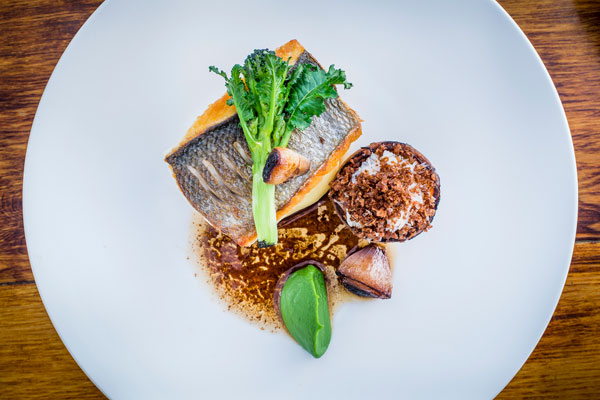
Suppliers
Alaska Seafood Marketing Institute www.alaskaseafood.org
Beacon www.beaconpurchasing.co.uk
Brakes www.brake.co.uk
H Forman & Son www.formans.co.uk
M&J Seafood www.mjseafood.com
Marine Stewardship Council www.msc.org
Paramount21 www.paramount21.co.uk
Seafish www.seafish.co.uk
Youngâs Foodservice www.youngsfoodservice.co.uk



